Which of the following compounds can non-superimposable mirror images?
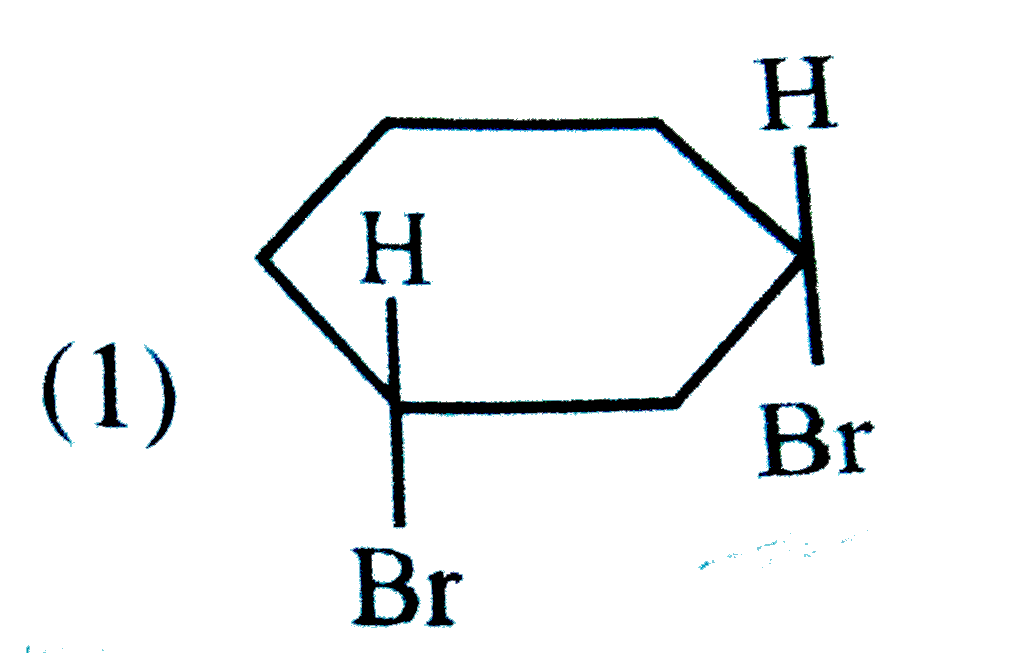
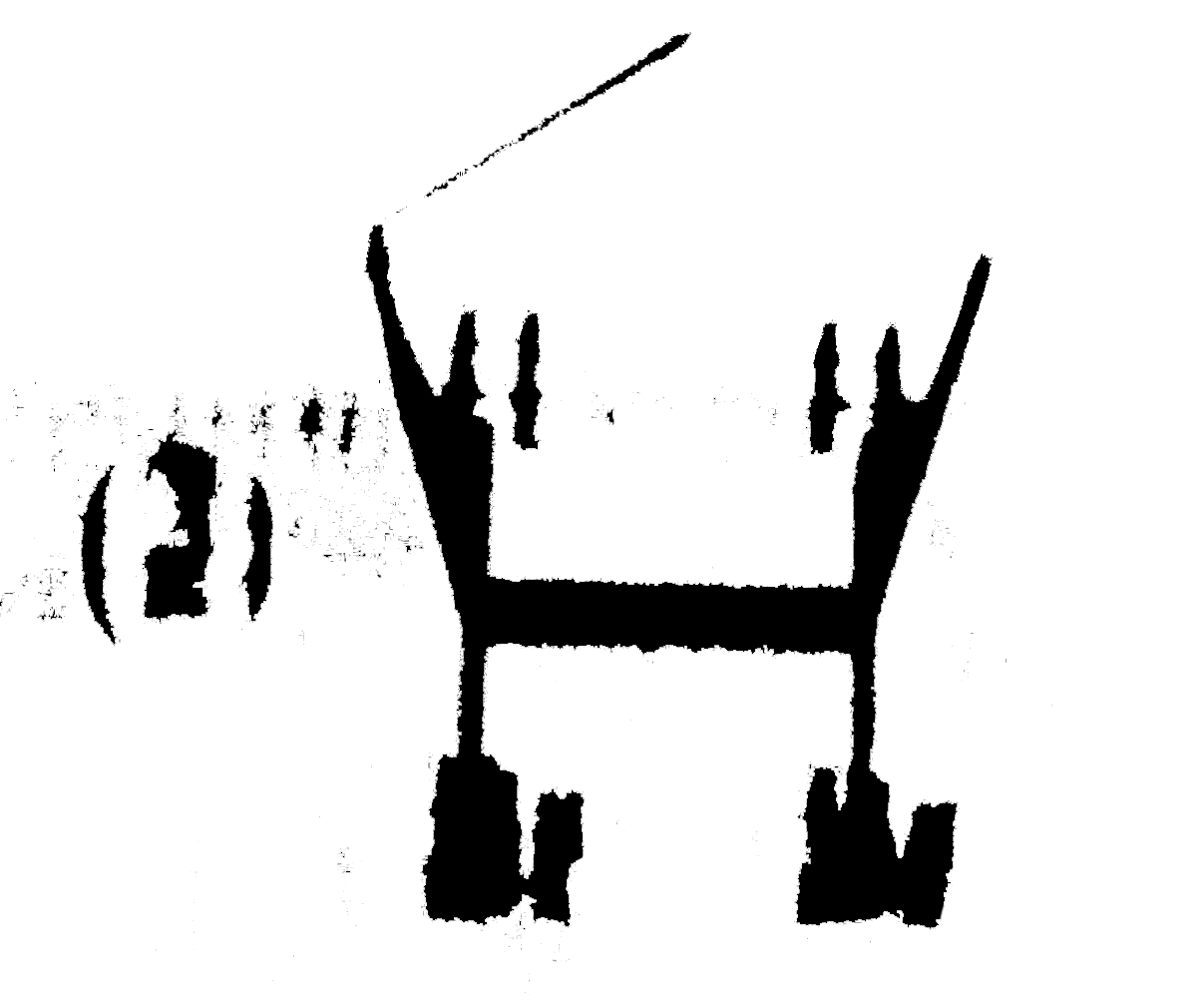
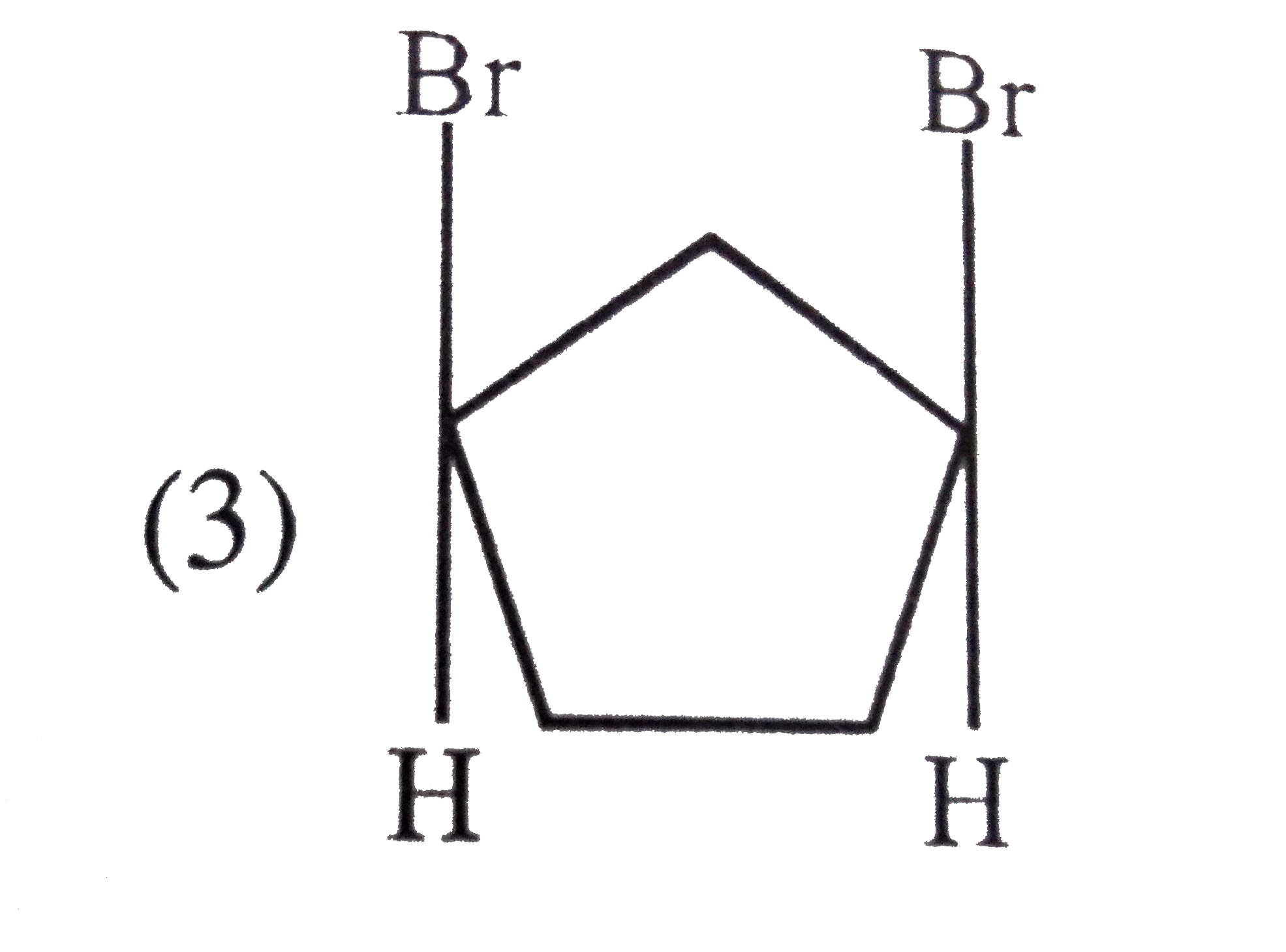
none of the above
The correct Answer is:D
To determine which of the given compounds can have non-superimposable mirror images, we need to identify the chirality of each compound. A compound is chiral if it does not possess any symmetry elements such as a plane of symmetry (POS) or a center of symmetry (COS). Here’s a step-by-step solution:
Step 1: Understand Chirality
- Chirality refers to the property of a molecule that makes it non-superimposable on its mirror image. This means that the molecule and its mirror image cannot be aligned perfectly, which is a characteristic of enantiomers.
Step 2: Identify Symmetry Elements
- To determine if a compound is chiral, we need to check for symmetry elements:
- Plane of Symmetry (POS): A plane that divides a molecule into two mirror-image halves.
- Center of Symmetry (COS): A point in the molecule where for every atom, there is an identical atom at an equal distance on the opposite side.
Step 3: Analyze Each Option
1. Option 1: Check for symmetry.
- If a plane of symmetry exists, the compound is achiral (not chiral).
- Conclusion: This option is not chiral.
2. Option 2: Check for symmetry.
- Again, if a plane of symmetry exists, the compound is achiral.
- Conclusion: This option is not chiral.
3. Option 3: Check for symmetry.
- If a plane of symmetry exists, the compound is achiral.
- Conclusion: This option is not chiral.
4. Option 4: Since the first three options are not chiral, we conclude that none of the above options can form non-superimposable mirror images.
Final Answer
- The correct answer is Option 4: None of the above.
- Chirality refers to the property of a molecule that makes it non-superimposable on its mirror image. This means that the molecule and its mirror image cannot be aligned perfectly, which is a characteristic of enantiomers.
- To determine if a compound is chiral, we need to check for symmetry elements:
- Plane of Symmetry (POS): A plane that divides a molecule into two mirror-image halves.
- Center of Symmetry (COS): A point in the molecule where for every atom, there is an identical atom at an equal distance on the opposite side.
1. Option 1: Check for symmetry.
- If a plane of symmetry exists, the compound is achiral (not chiral).
- Conclusion: This option is not chiral.
- Again, if a plane of symmetry exists, the compound is achiral.
- Conclusion: This option is not chiral.
- If a plane of symmetry exists, the compound is achiral.
- Conclusion: This option is not chiral.
- The correct answer is Option 4: None of the above.
Topper's Solved these Questions
Similar Questions
Knowledge Check
Which of the following compounds can have superimposable mirror image?
A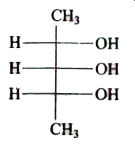 B
B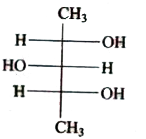 C
C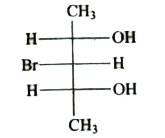 D
D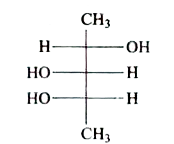
Which of the following compounds is non aromatic ?
A B
B C
C D
D
Which of the following compounds is non-aromatic?
View SolutionWhich of the following compound has non-zero dipole moment
View SolutionWhich of the following compounds can be hydrolysed?
View SolutionWhich of the following compound (s) is/are non-polar?
View SolutionWhich of the following compound (s) is/are non-polar?
View SolutionWhich of the following compounds have non zero dipole moment.
View Solution
